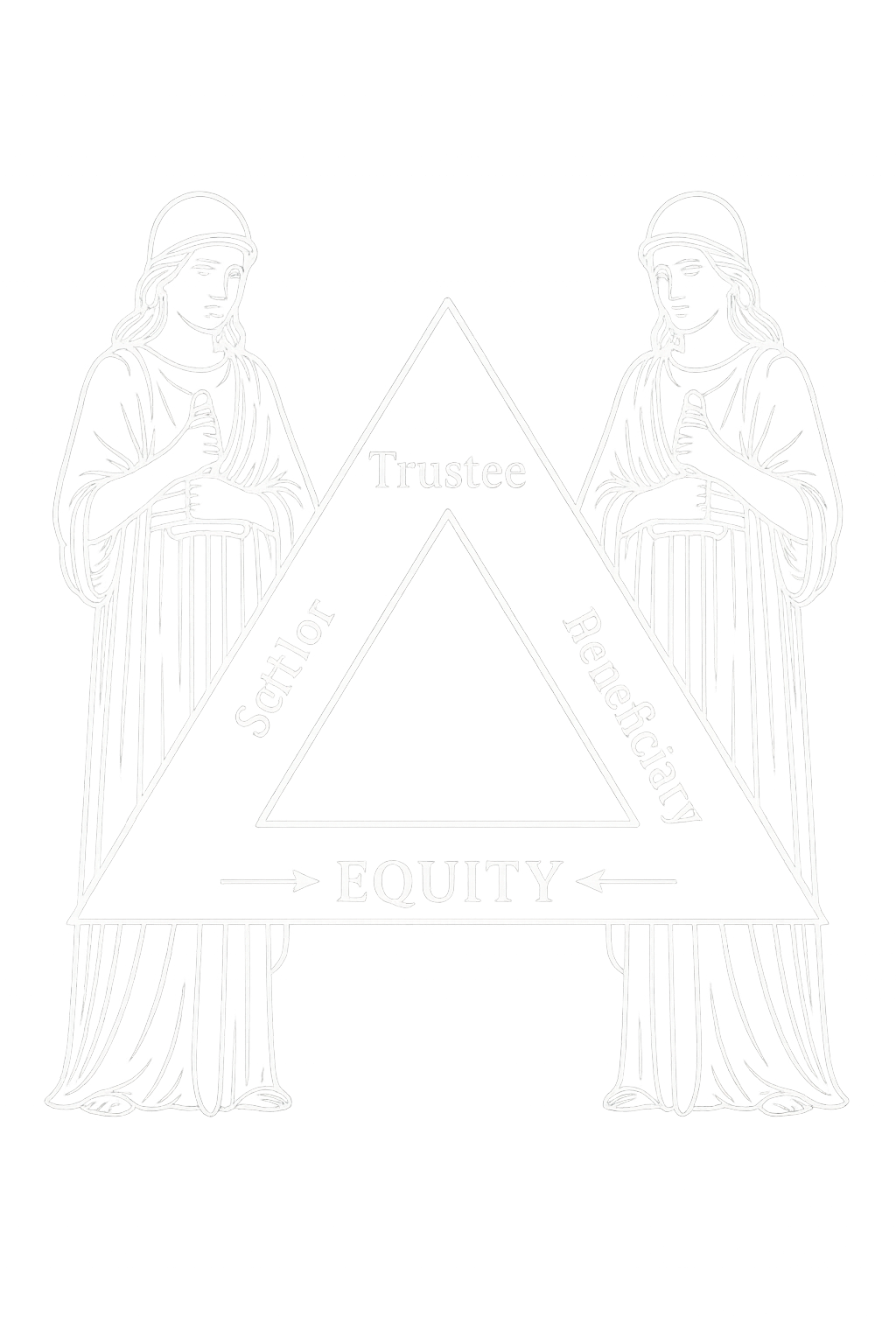Plato’s Allegory of the Cave — Then and Now
Plato’s famous allegory, found in The Republic (Book VII), describes prisoners who live their lives chained in a cave, facing a blank wall. Behind them, a fire casts shadows on the wall from objects passed in front of it — and these shadows are the only reality they know.
One prisoner escapes and, for the first time, sees the real world. At first, the light blinds him. But eventually, he understands that the shadows were mere illusions — representations, not truth. When he returns to free the others, they mock and reject him, preferring the comfort of illusion over the challenge of truth.
Sound familiar? In today’s world, the cave might be mainstream media, public education, and institutional narratives. The shadows are headlines, official statements, and curated soundbites. Many are so invested in these illusions, they’ll ridicule anyone who questions the light source — or tries to show them the exit.
This allegory isn’t ancient history — it’s a timeless warning. And it’s never been more relevant.
